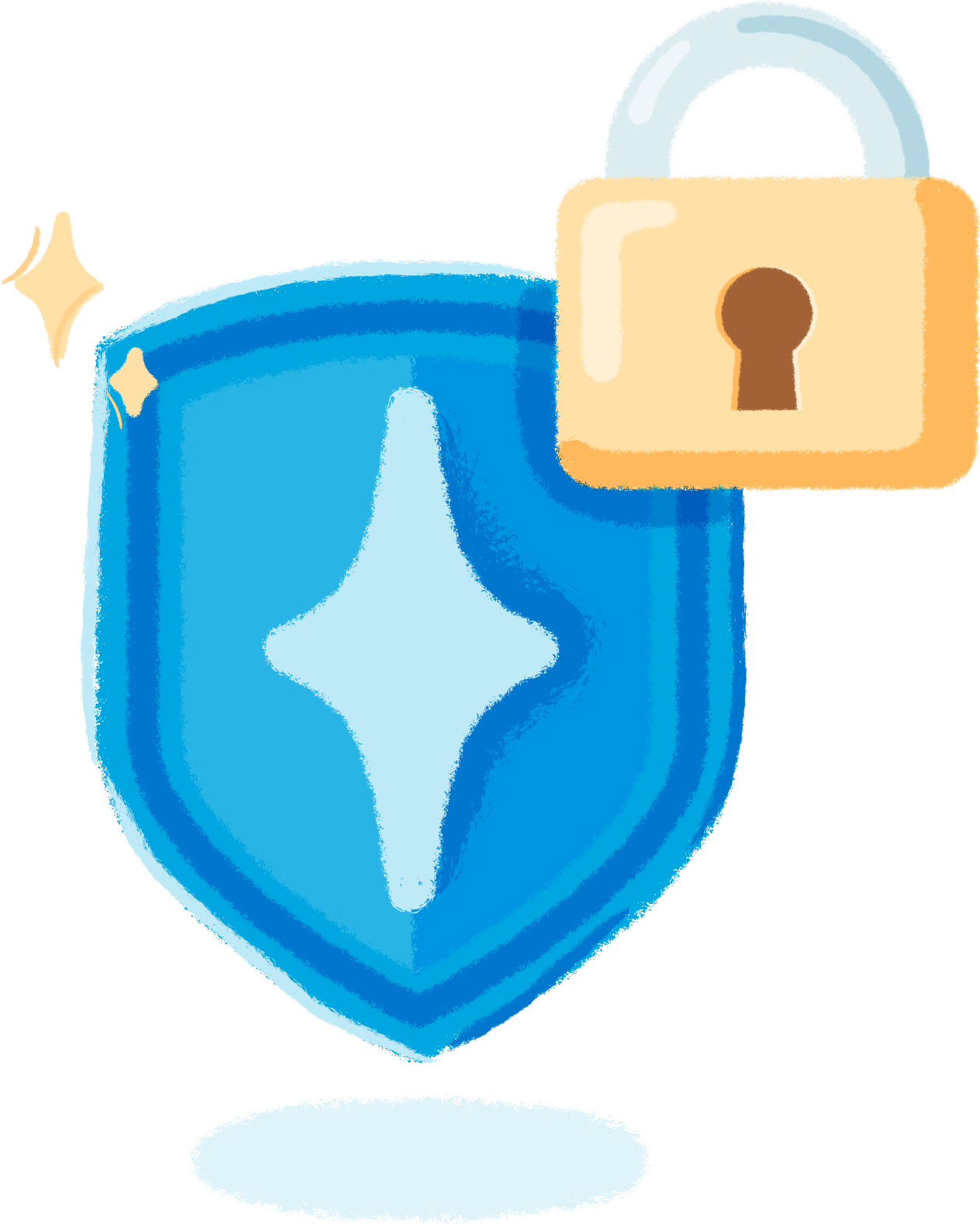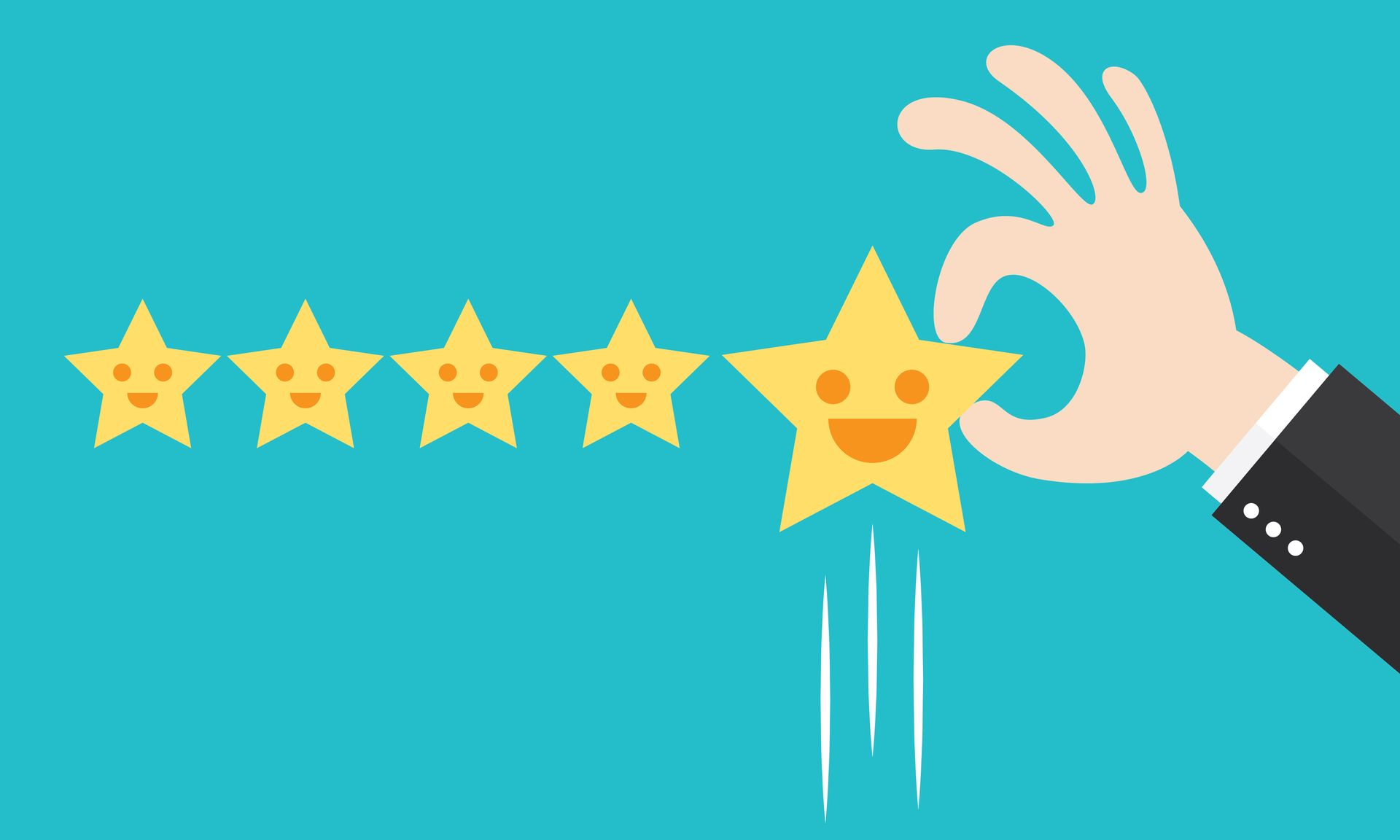How Secure Is Your Website? A Quick Checklist for Small Business Owners

Just like you lock your doors, your website should be locked to prevent harmful actions!
While a professional design and user-friendly experience are crucial, website security is just as important. A breach can lead to loss of customer trust, financial damage, and even legal consequences. As a small business owner, it's essential to ensure your website is secure. But how can you tell if your website is adequately protected? Here’s a quick checklist to help you assess your website’s security and take the necessary steps to protect it.
1. Check for HTTPS and SSL Certification
One of the most basic security features for any website is HTTPS (Hypertext Transfer Protocol Secure), which ensures that any data exchanged between a user’s browser and your website is encrypted. Websites with HTTPS are more secure and trusted by both users and search engines. You can spot a secure site by looking at the URL in the address bar—if it starts with "https://", your site is using HTTPS.
Additionally, HTTPS requires an SSL (Secure Sockets Layer) certificate, which is what encrypts the data transferred between your site and its visitors. If your website lacks HTTPS or an SSL certificate, it’s a clear sign that your site may not be secure. Most modern browsers, like Google Chrome, will show a "Not Secure" warning next to your website’s URL if it lacks SSL, which can scare off potential customers.
What to do: Ensure your website uses HTTPS and has an up-to-date SSL certificate. If you're unsure, you can check by looking for the padlock icon next to your website's URL or use a free online SSL checker. When you choose to build a website with Design Wizards, we always include SSL certification!
2. Update Software Regularly
Whether you’re using a content management system (CMS) like WordPress, Joomla, or Drupal, or building your site from scratch, keeping your website’s software updated is a crucial step in maintaining security. Software updates often contain patches for vulnerabilities that could otherwise be exploited by hackers.
Outdated plugins, themes, or CMS versions can leave your site exposed to malware, data breaches, or other malicious attacks. Many cyberattacks target vulnerabilities in outdated software, so it's important to stay on top of updates.
What to do: Regularly update your website’s software, including the CMS, plugins, and themes. Enable automatic updates if your platform supports them, and always check for updates after significant releases. If this sounds like too monumental of a task, have no fear! Contact Design Wizards today and let us build you a new website, with security in mind. We take care of all of these tedious updates, so you never even have to lift a finger!
3. Use Strong, Unique Passwords
Weak passwords are one of the most common entry points for hackers. If you’re using simple or commonly used passwords for your website’s admin panel or hosting account, you’re leaving the door wide open for cybercriminals.
Strong passwords should be complex and unique, combining uppercase and lowercase letters, numbers, and special characters. Using the same password across multiple sites also poses a risk—if one site is compromised, all your accounts could be vulnerable.
What to do: Use a password manager to generate and store strong, unique passwords for all your accounts. For critical accounts like your hosting and CMS admin, enable two-factor authentication (2FA) for an added layer of protection.
4. Secure Your Hosting Provider
When it comes to protecting your website, your hosting provider plays a critical role. At Design Wizards, we also ensure your website is hosted on secure, reliable infrastructure that shields your business from cyber threats. Weak or outdated servers can leave your site vulnerable to attacks like malware infections, DDoS assaults, and data breaches. That’s why we provide hosting environments fortified with enterprise-grade firewalls, automatic malware scanning, SSL encryption, and real-time threat monitoring.
We also take account access seriously. With Design Wizards, access controls are in place to ensure only authorized users can log in, and we guide clients through setting up strong credentials and secure login protocols.
What we recommend: Choose a provider like Design Wizards, with a proven track record in web security. We offer features like daily automated backups, malware protection, and secure SSL certificates—all included in our hosting plans. And unlike traditional shared hosting that may expose your site to risks from other users on the same server, we offer customized hosting solutions that isolate and protect your digital assets.
5. Implement Regular Backups
Website backups are crucial in case your site is hacked, crashes, or encounters a technical issue. Without a backup, you could lose all your content, customer data, and even your SEO rankings. Having regular backups ensures that you can quickly restore your website to its previous state in the event of a problem.
Automating backups ensures you don’t forget to back up your site regularly. You should store your backups in a secure location, such as an off-site cloud service or an external hard drive.
What we do: Our web platform sets up automatic daily or weekly backups of your website, including databases, files, and images. In the rare instance your website does go down, a backup will always be available.
6. Monitor Your Website for Malware
Malware is malicious software that can infect your website, steal data, and damage your reputation. Hackers can inject malware into your site through vulnerabilities or outdated software, allowing them to take control of your website or gain access to sensitive data.
Regularly scanning your website for malware can help you detect threats early and address them before they cause significant damage.
What we do: Design Wizards uses security plugins or third-party services to monitor your website for malware. We offer malware scanning, firewall protection, and alerts if they detect any suspicious activity.
8. Monitor and Limit User Access
If you have multiple people managing your website, it’s important to monitor and control user access to the backend of your site. We certainly understand wanting numerous members of your team to be able to access their own areas of the website, but keep in mind that too many cooks in the kitchen can quickly lead to chaos, especially where your website's security is concerned. Make sure you assign specific roles to each user with only the necessary permissions to perform their tasks. This minimizes the risk of accidental or malicious changes to your site.
For example, an editor or content creator doesn’t need access to your site’s admin settings. Similarly, limit the number of people who have high clearance or admin privileges.
What we do: Design Wizards can help you manage who on your team has permissions to access and edit content on your website. If needed, we can remove access for users who no longer need it, and ensure that each user has the appropriate level of access based on their role.
9. Keep an Eye on Analytics and Activity Logs
Your website’s analytics and activity logs provide valuable insight into what’s happening on your site. Monitoring these logs can help you detect unusual activity, such as a sudden spike in traffic, repeated login attempts, or unfamiliar IP addresses. These may be signs of a security breach or an attempt to hack into your site.
What we do: If you have a website with Design Wizards, we set up website activity logs and monitor your analytics for any signs of suspicious activity. You will receive this report monthly in order to gauge the level of activity your website has had. We regularly check for failed login attempts, unusual user behavior, or traffic spikes that could indicate a cyberattack.
Keep your website secure and safe!
Website security is not something to take lightly. As a small business owner, your website is an essential part of your brand and customer trust, and ensuring it’s secure is a key responsibility. By following this checklist, you can identify areas where your website may be vulnerable and take proactive steps to secure it. From ensuring HTTPS and SSL certification to using strong passwords and monitoring for malware, these practices will help protect your site from potential threats, keeping both your business and customers safe in the digital landscape.

★★★★★
Great to work with! Awesome experience! Highly recommended!
— Meri T
★★★★★
Knowledgeable, professional management and staff!
— Ben Ehrmantraut
★★★★★
The team at design wizards takes care of my website needs with ease. Very friendly and professional staff
— Mitch Lennick



